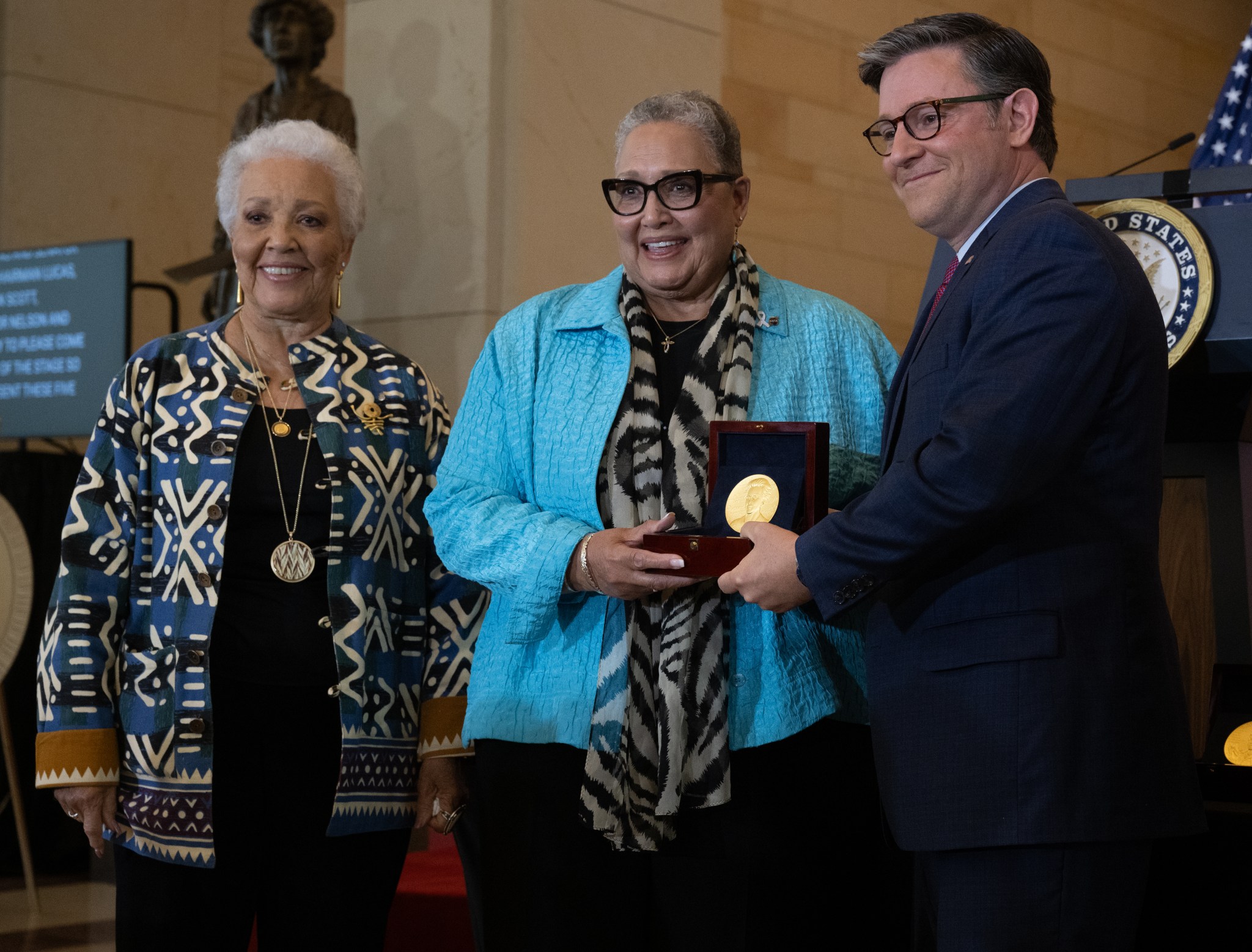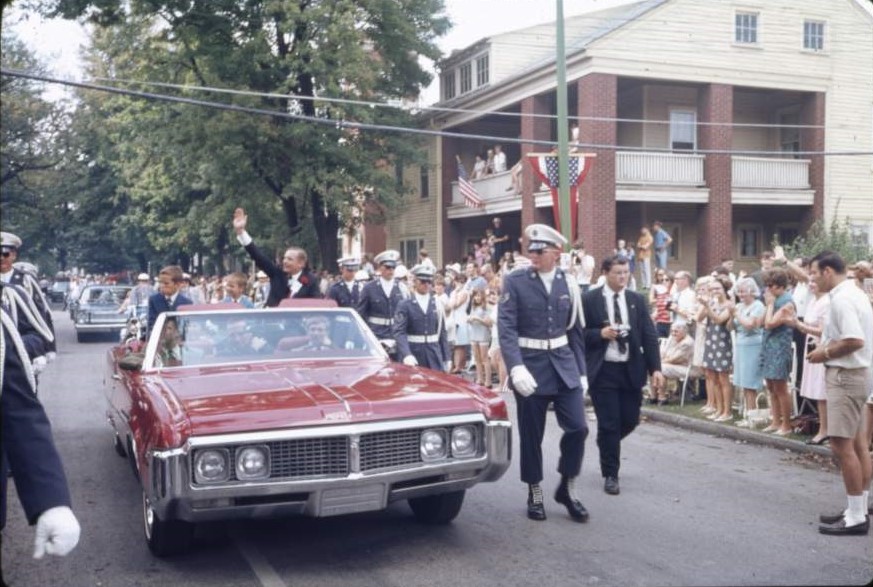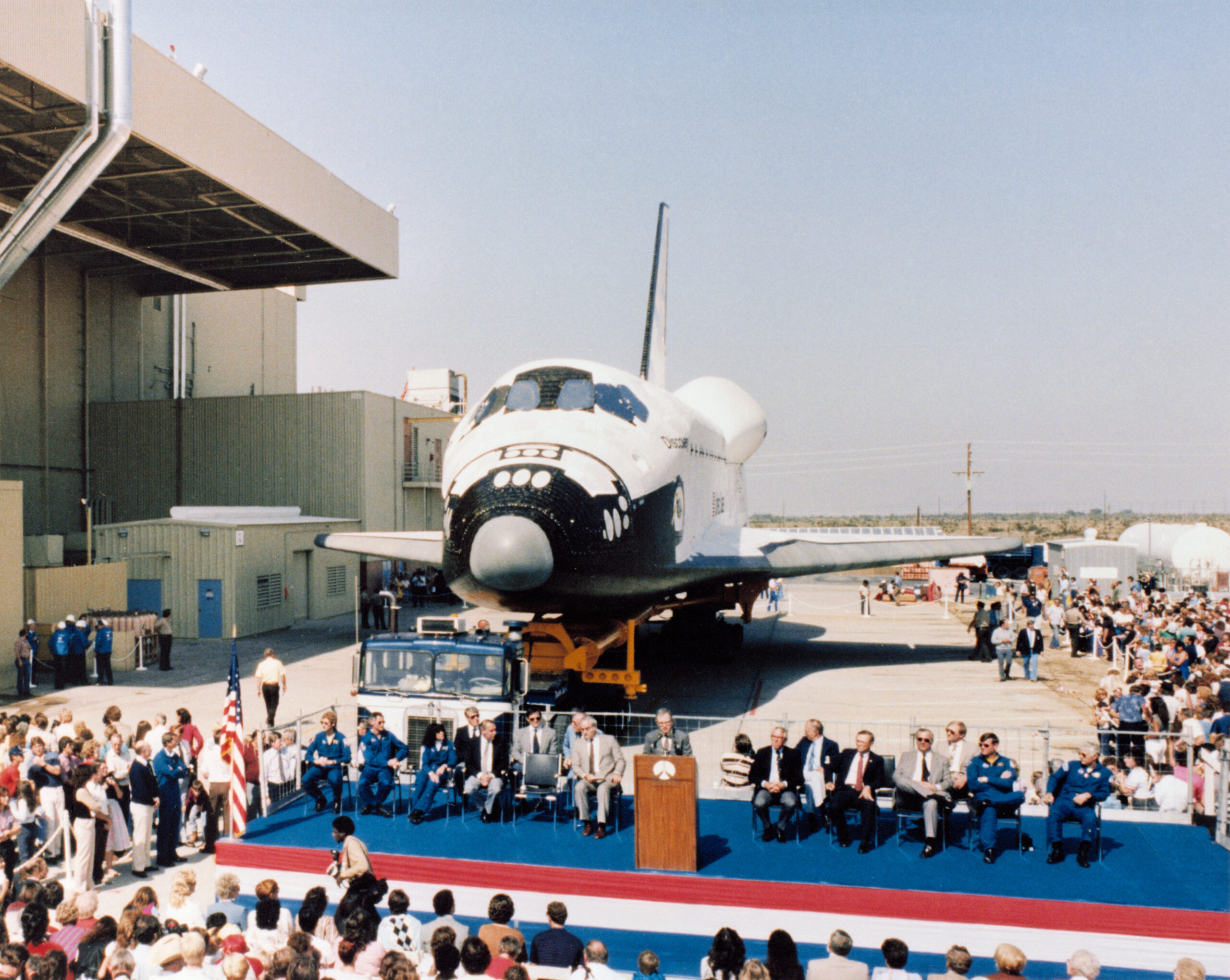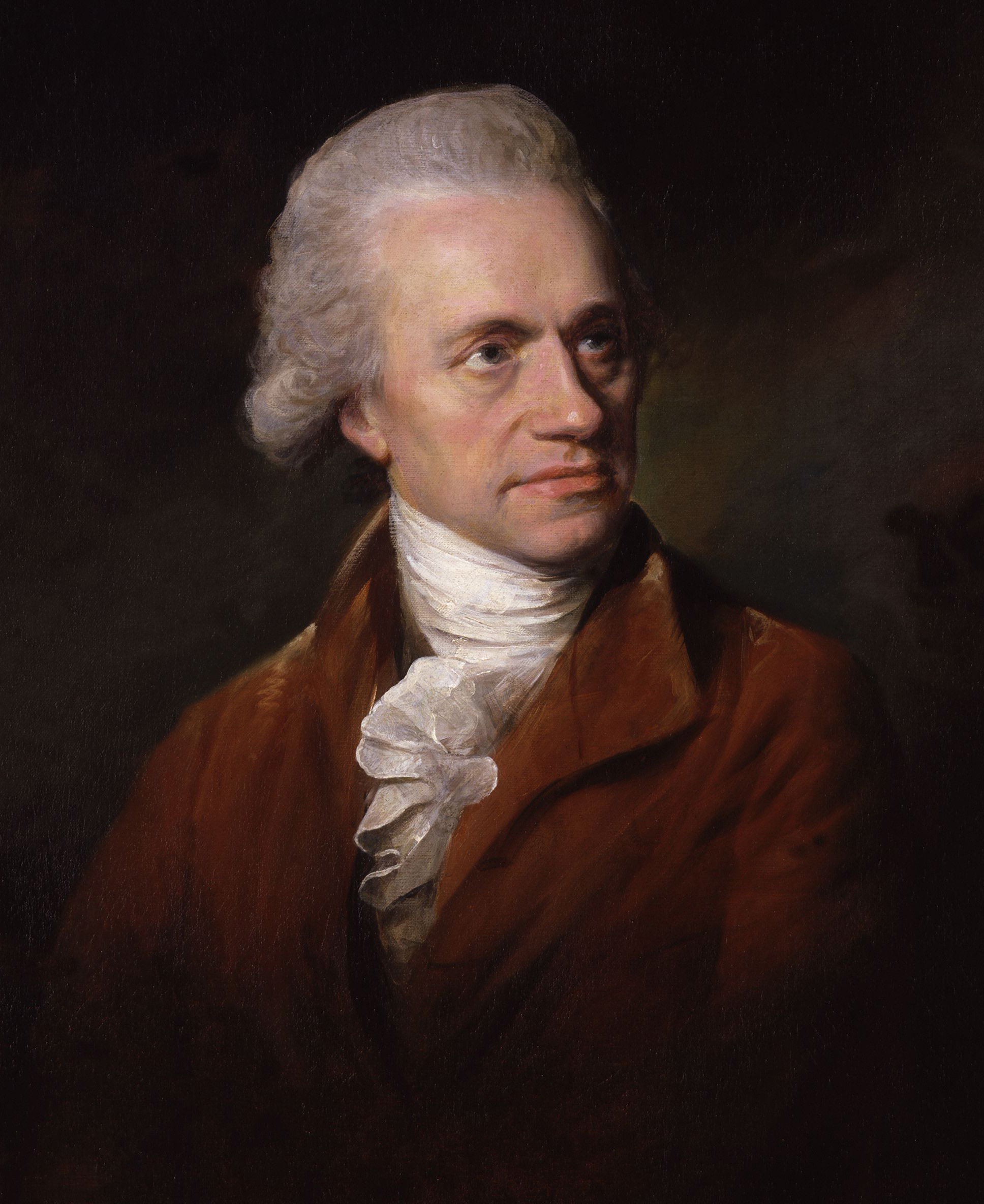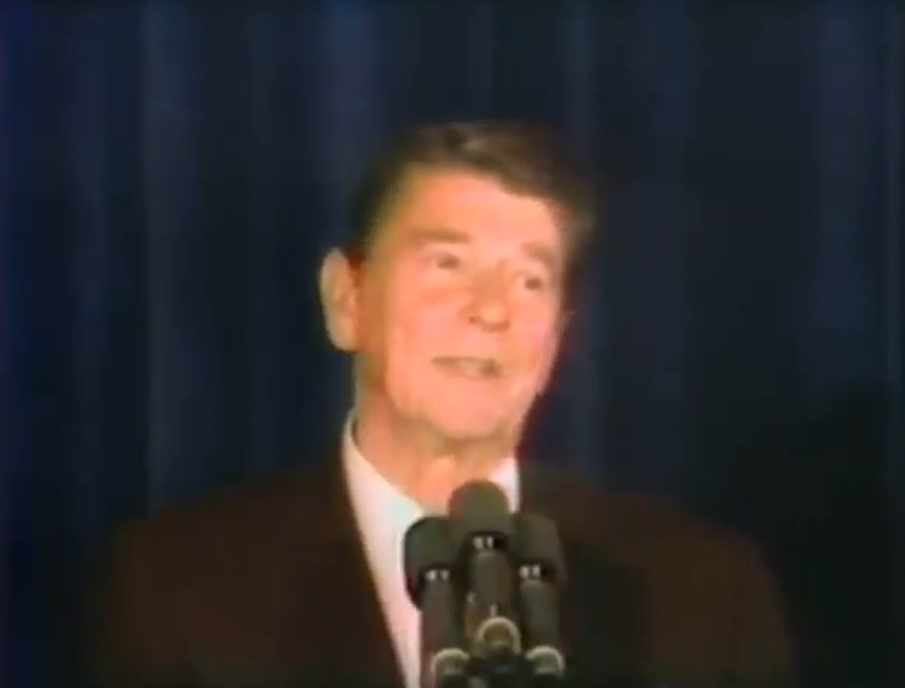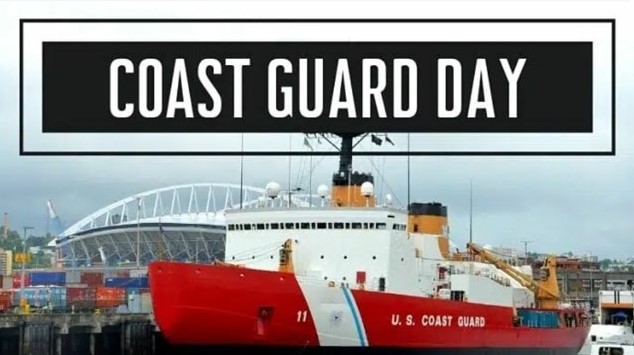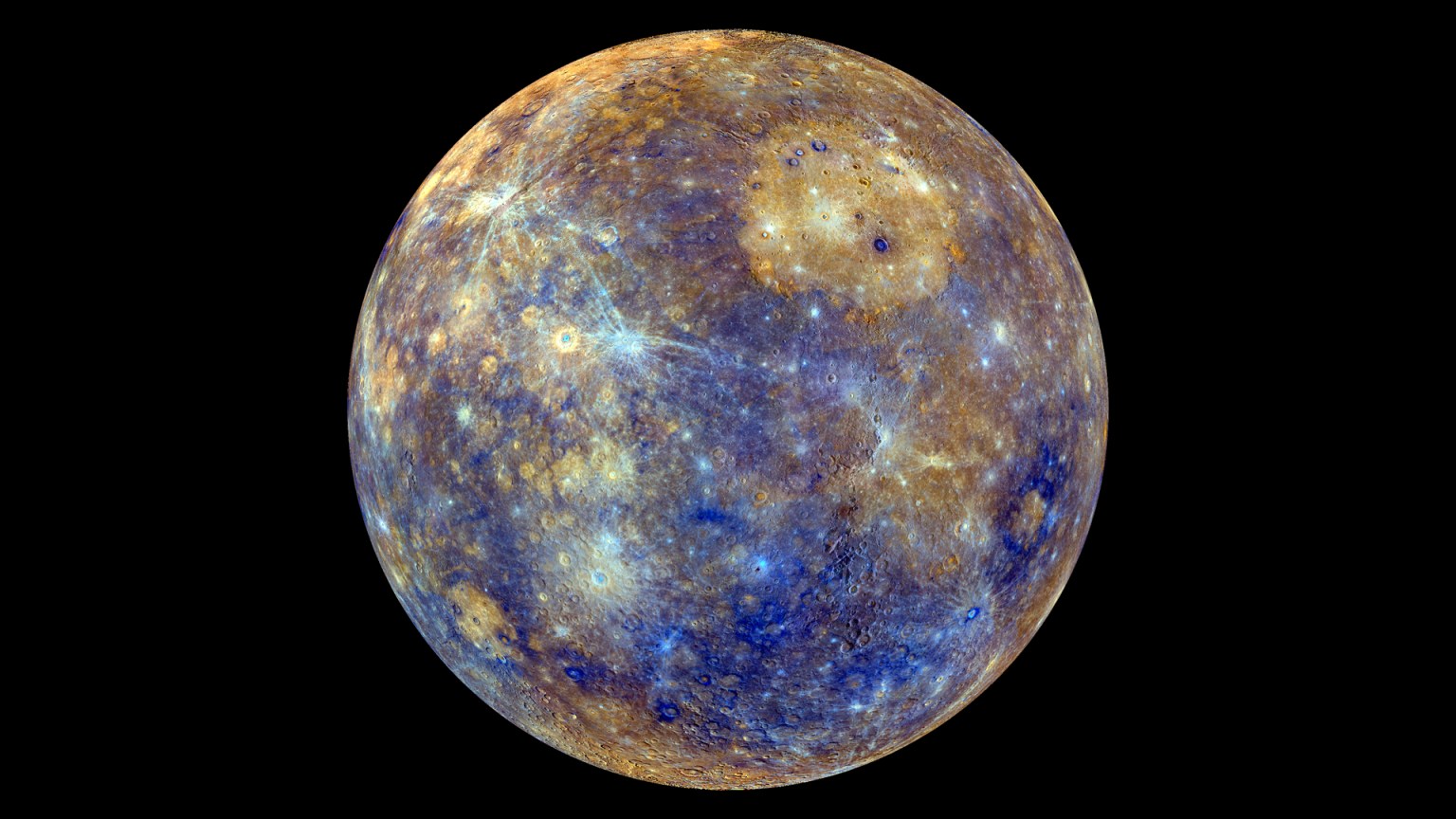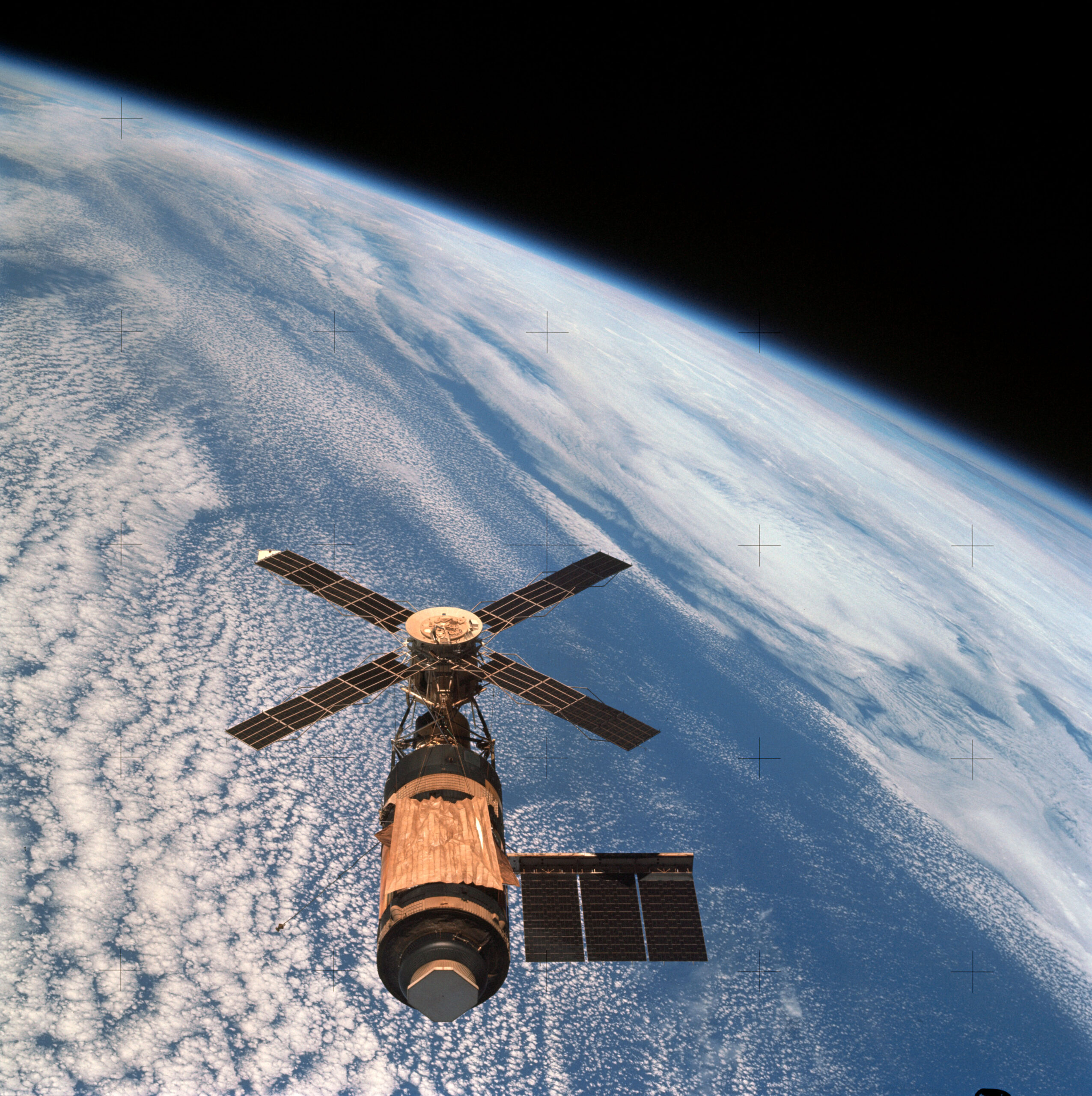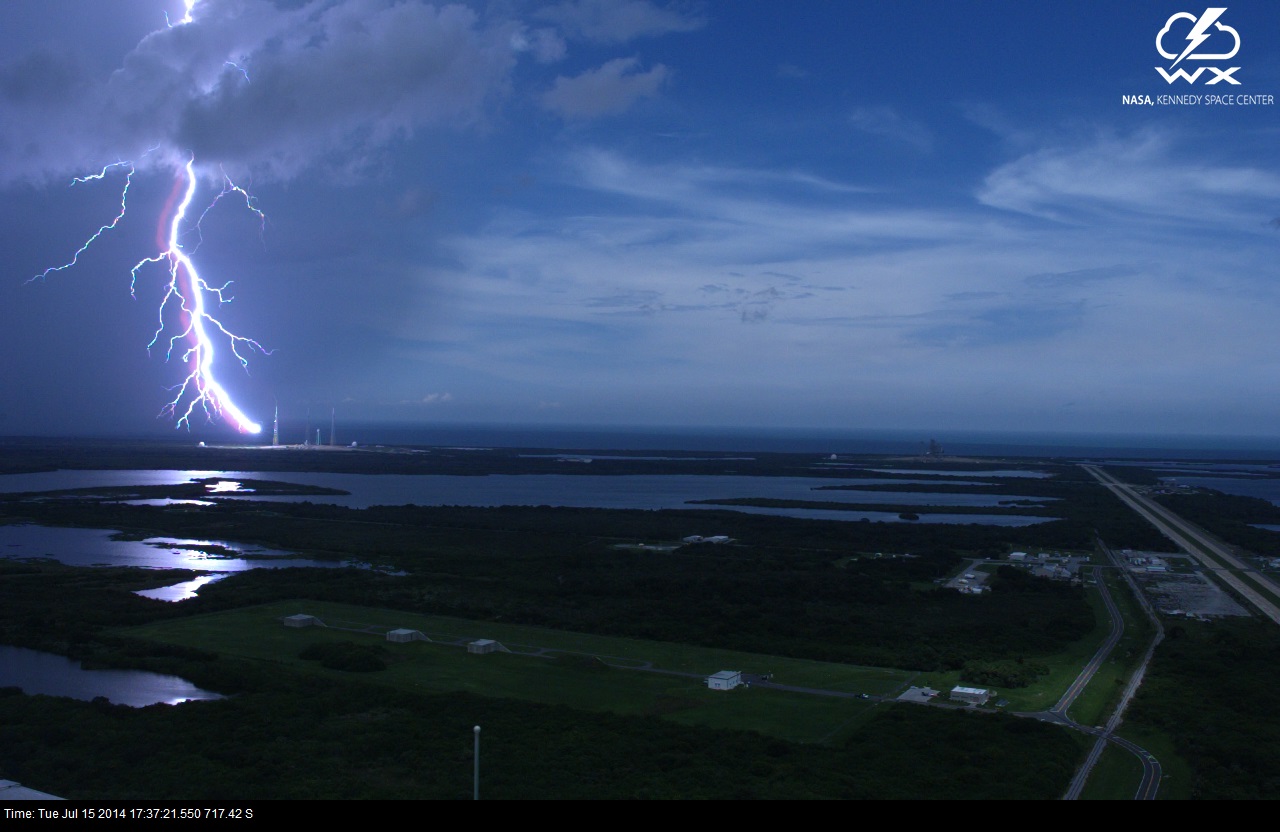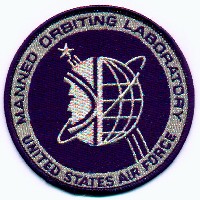NASA/Joel Kowsky Joylette Hylick, left, and Katherine Moore, right, accept the Congressional Gold Medal on behalf of their mother, Katherine Johnson, during a Sept. 18, 2024, ceremony recognizing NASA’s Hidden Figures. Katherine Johnson, Dr. Christine Darden, Dorothy Vaughan, and Mary W. Jackson were awarded Congressional Gold Medals in recognition of their service to the United States. A Congressional Gold Medal was also awarded in recognition of all the women who served as computers, mathematicians, and engineers at the National Advisory Committee for Aeronautics and NASA between the 1930s and 1970s.…
Read MoreTag: NASA History
55 Years Ago: Celebrations for Apollo 11 Continue as Apollo 12 Prepares to Revisit the Moon
In September 1969, celebrations continued to mark the successful first human Moon landing two months earlier, and NASA prepared for the next visit to the Moon. The hometowns of the Apollo 11 astronauts held parades in their honor, the postal service recognized their accomplishment with a stamp, and the Smithsonian put a Moon rock on display. They addressed Congress and embarked on a 38-day presidential round the world goodwill tour. Eager scientists received the first samples of lunar material to study in their laboratories. Meanwhile, NASA prepared Apollo 12 for…
Read More40 Years Ago: STS-41D – First Flight of Space Shuttle Discovery
On Aug. 30, 1984, space shuttle Discovery lifted off on the STS-41D mission, joining NASA’s fleet as the third space qualified orbiter. The newest shuttle incorporated newer technologies making it significantly lighter than its two predecessors. Discovery lofted the heaviest payload up to that time in shuttle history. The six-person crew included five NASA astronauts and the first commercial payload specialist. During the six-day mission, the crew deployed a then-record three commercial satellites, tested an experimental solar array, and ran a commercial biotechnology experiment. The astronauts recorded many of the…
Read More235 Years Ago: Herschel Discovers Saturn’s Moon Enceladus
On Aug. 29, 1789, German-born British astronomer William Herschel observed a tiny bright dot orbiting around Saturn. His son later named the object Enceladus. Because of its distance from Earth and proximity to bright Saturn, for the next two centuries little remained known about Enceladus other than its size, orbital parameters, and that it held the honor as the most reflective body in the solar system. It took the Voyager flybys through the Saturn system in the early 1980s and especially the detailed observations between 2005 and 2015 by the…
Read More40 Years Ago: President Reagan Announces Teacher in Space Project
On Aug. 27, 1984, President Ronald W. Reagan announced the Teacher in Space project as part of NASA’s Space Flight Participant Program to expand the space shuttle experience to a wider set of private citizens who would communicate the experience to the public. From 11,000 teacher applicants, each of the 50 states and territories selected two nominees for a total of 114. After meeting with each candidate, a review panel narrowed the field down to 10 finalists. These 10 underwent interviews and medical examinations. A senior review panel recommended S.…
Read MoreCelebrating NASA’s Coast Guard Astronauts on Coast Guard Day
Each Aug. 4, Coast Guard Day commemorates the founding on Aug. 4, 1790, of the U.S. Coast Guard as the Revenue-Marine by Secretary of the Treasury Alexander Hamilton. Although considered an internal event for active duty and reserve Coast Guard members, we take the opportunity of Coast Guard Day to honor the astronauts who began their careers in the Coast Guard. To date, NASA has selected three astronauts who served in the Coast Guard: Bruce E. Melnick in 1987, Daniel C. Burbank in 1996, and Andre Douglas in 2021. While…
Read MoreMESSENGER – From Setbacks to Success
20 Min Read MESSENGER – From Setbacks to Success This view of Mercury was produced by using images from the color base map imaging campaign during MESSENGER's primary mission. Credits: NASA/Johns Hopkins University Applied Physics Laboratory/Carnegie Institution of Washington The excerpts below are taken from Discovery Program oral history interviews conducted in 2009 by Dr. Susan Niebur and tell the story of the hurdles the MESSENGER (MErcury Surface, Space ENvironment, GEochemistry, and Ranging) mission team faced with the technical requirements of visiting Mercury, budget challenges, and schedule impacts —all while…
Read More45 Years Ago: Skylab Reenters Earth’s Atmosphere
A few days before they left Skylab on Feb. 8, 1974, the final crew to occupy the station raised its altitude, hoping to keep it in orbit until a future space shuttle could revisit it. But higher than predicted solar activity caused the Earth’s atmosphere to expand, increasing drag on the large vehicle, causing its orbit to decay faster than expected. In 1978, controllers reactivated the station and changed its attitude, hoping to keep it in orbit as long as possible by reducing atmospheric drag. In the meantime, delays in…
Read MoreThe 1998 Florida Firestorm and NASA’s Kennedy Space Center
5 min read Preparations for Next Moonwalk Simulations Underway (and Underwater) A lightning strike at Launch Complex 39B at NASA’s Kennedy Space Center in Florida in July 2014. Bolts like this are a regular occurrence in central Florida. Similar lightning strikes sparked the 1998 Florida Firestorm. NASA Lightning Crashes East central Florida’s natural environment and climate have shaped, and delayed, Kennedy Space Center launch operations since the 1960s. Torrential pop-up thunderstorms, Atlantic hurricanes, roasting heat, and other climatic phenomena, including lightning and fire, repeatedly hampered mission timelines and created dangerous…
Read More55 Years Ago: Manned Orbiting Laboratory Cancellation
The Manned Orbiting Laboratory (MOL), a joint classified project of the U.S. Air Force (USAF) and the National Reconnaissance Office (NRO), sought to establish a crewed platform in low Earth orbit to obtain high-resolution photographic imagery of America’s 1960s Cold War adversaries. Approved in 1965, the MOL Program envisioned a series of space stations launched from a new pad in California and placed in low polar Earth orbit. Two-man crews, launching and returning to Earth aboard modified Gemini-B capsules, would work aboard the stations for 30 days at a time.…
Read More